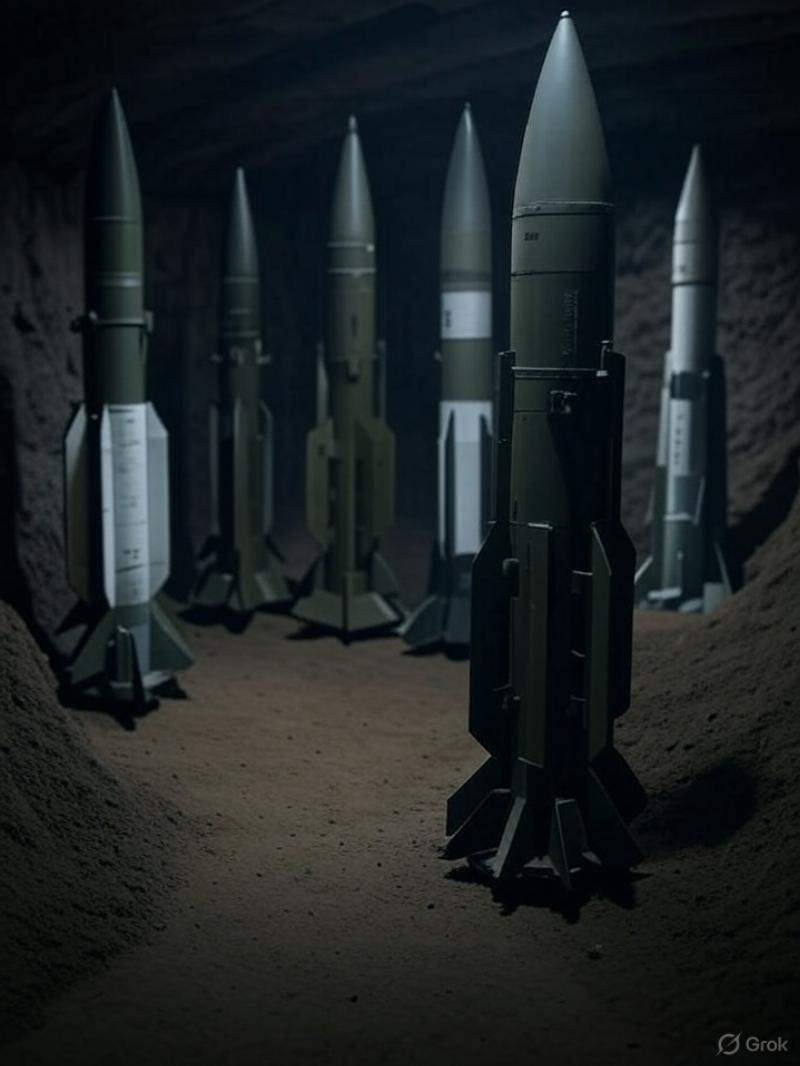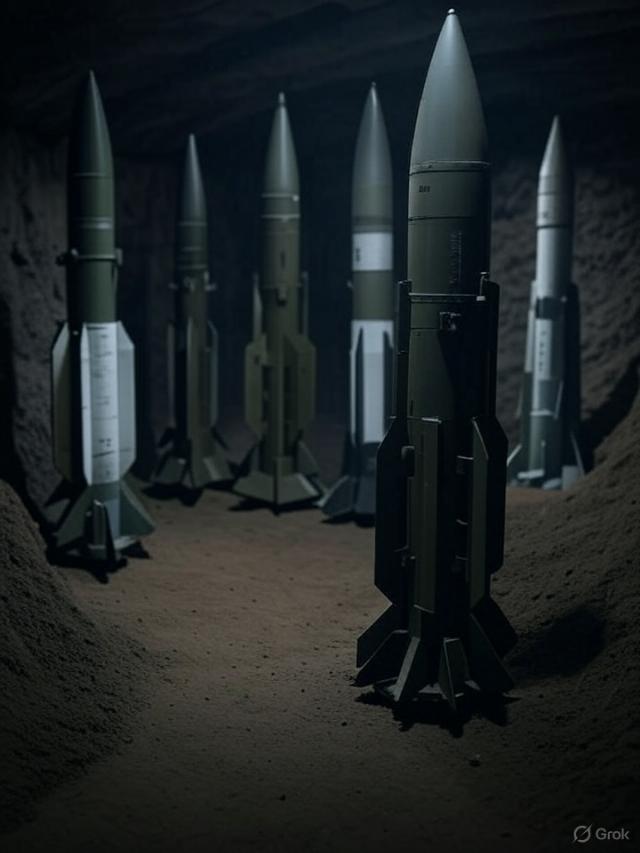


Eighty years have passed since the beginning of the nuclear age, and mankind is still around to memorialize it. With Russia and the United States possessing nuclear arsenals capable of destroying mankind, eighty years is quite an achievement. The current nuclear standoff, known as mutually assured destruction (MAD), was attained early on and has since weighed upon the minds of everyone under its shadow. Our collective psyche has been shaped by this knowledge.
People understood that defense against nuclear weapons was non-existent, giving them no choice other than carrying on with their normal lives under the specter of an imminent nuclear holocaust. Over time, their response was to forget it unless it was thrust under their nose. It is comparable to how most people deal with the knowledge of one’s own mortality. People have a natural instinct to repress morbid thoughts, especially about oneself and loved ones. Without that ability we would find ourselves overwhelmed, unable to accomplish simple tasks. Religion is also a reaction to this knowledge. Religion is not only a reaction to the fear of death, but a deeper expression of the human psyche’s inherent need for meaning and connection to something larger than itself.
It is no coincidence that a new collective understanding of man and his environment started to emerge soon after the dawn of the nuclear age. This understanding at first manifested itself with a movement to lobby for the nuclear test band treaty, but it very quickly morphed into the modern environmental movement. The writings of Paul Ehrlich with The Population Bomb and Rachel Carson with Silent Spring gave impetus to this movement.
The fears expressed by the modern environmental movement were rooted in the fear of the nuclear age as evidenced by the vehemence with which it demonized the civilian nuclear power industry, but over time it became progressively unmoored from its roots. The environmental movement seemed to almost flounder in its early period bouncing amongst a slew of concerns such as smog, asbestos, or acid rain. It was not until the late 1980s that the movement settled on the fear of anthropogenic global warming (AGW) as a suitable substitute for man’s fear of nuclear armageddon.
One might ask, why pursue a substitute at all? The pursuit is necessary because pouring one’s energy into combating AGW, while a daunting task, seems achievable in comparison to reaching a state of nuclear disarmament. It is rather like immersing oneself in a frenzy of activity rather than dealing head on with one’s mortality.
Just as Hamlet sat contemplating the meaning of his existence, so the modern world is preoccupied with AGW (aka climate change). Unlike Hamlet’s musings, the modern world’s obsession is not only arbitrary but fictitious. It is central to the new religion of environmentalism that is deeply rooted in an existential crisis that mankind faced at the dawn of the nuclear age.

Image from Grok.
